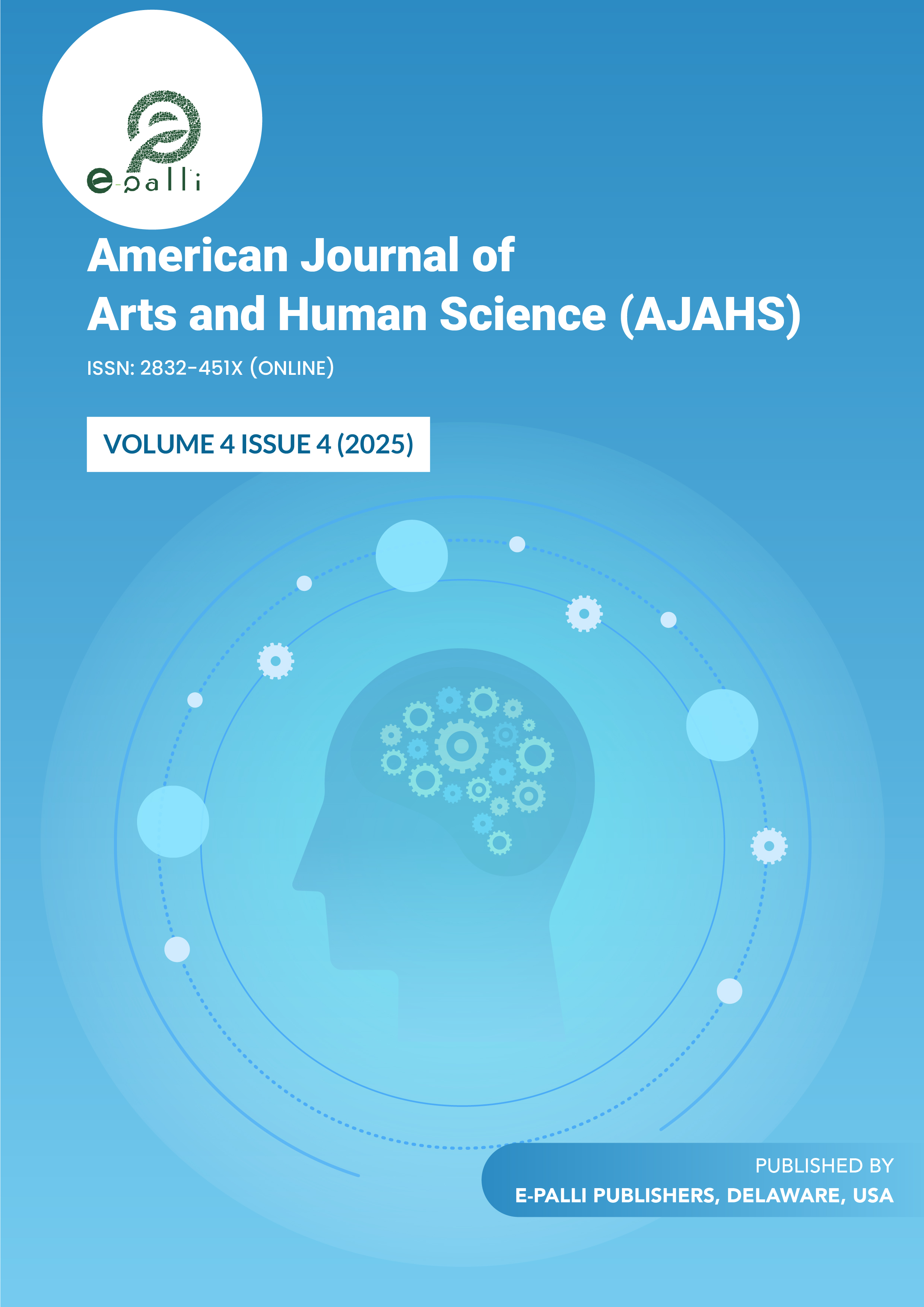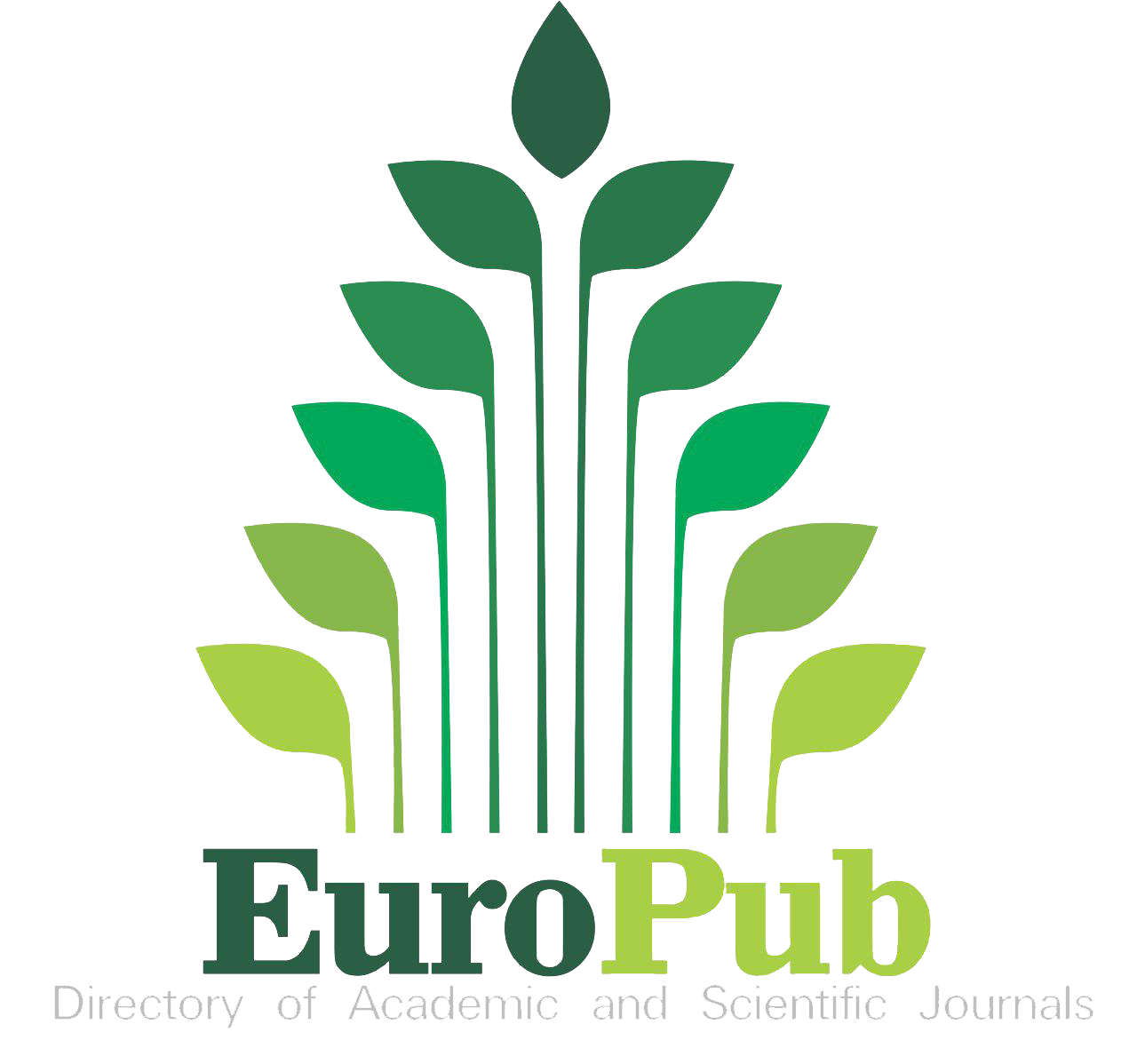Beyond Boundaries: Rethinking Human-Animal Bonds in Richard Powers’s The Overstory
DOI:
https://doi.org/10.54536/ajahs.v4i4.5592Keywords:
Anthropocentrism, Ecocriticism, Interconnectedness, Multispecies ethics, PosthumanismAbstract
This article examines human-animal relationships in Richard Powers’s The Overstory (2018), aiming to contribute to the ongoing discussion about animal portrayals in literature by suggesting that the book challenges the divisions between humans and animals. While the novel has been widely studied for its ecocentric view and its fresh reading of the human-plant link, it argue that Powers’s story also makes room for animals as aware, purposeful, and morally important beings. Drawing from critical animal studies, posthumanism, and ecocriticism, this research explores how the novel questions human-centered standards and places animals within a wider web of ecological links. Through characters like Patricia Westerford, Douglas Pavlicek, and Olivia Vandergriff, the novel shows a kind of multispecies ethic where animals are not just background figures but also active parts of the story and important moral players. Powers’s animals—both real and imagined—are not just passive victims of ecological problems; they are co-inhabitants whose lives are closely tied to human actions. In doing this, The Overstory shows a change in literature toward the more-than-human view that is a focus of environmental humanities. It suggests that literature can be a key tool for ethics, able to shift how we see other species during an age of ecological problems and extinctions. Powers’s work presents a chance in modern fiction to imagine connections that move past human-focused ideas.
Downloads
References
Braidotti, R. (2013). The posthuman. Polity Press.
Clark, T. (2015). Ecocriticism on the edge: The Anthropocene as a threshold concept. Bloomsbury.
Derrida, J. (2008). The animal that therefore I am (D. Wills, Trans.). Fordham University Press.
Gagliano, M. (2018). Thus spoke the plant. North Atlantic Books.
Haraway, D. J. (2008). When species meet. University of Minnesota Press.
Heise, U. K. (2016). Imagining extinction: The cultural meanings of endangered species. University of Chicago Press.
Heise, U. K. (2021). The Overstory and the ethics of multispecies storytelling. PMLA, 136(1), 95–102. https://doi.org/10.1632/S0030812921000078
Iovino, S., & Oppermann, S. (Eds.). (2014). Material ecocriticism. Indiana University Press.
McHugh, S. (2011). Animal stories: Narrating across species lines. University of Minnesota Press.
Morton, T. (2010). The ecological thought. Harvard University Press.
Nussbaum, M. C. (2006). Frontiers of justice: Disability, nationality, species membership. Harvard University Press.
Powers, R. (2018). The overstory. W. W. Norton & Company.
Rose, D. B. (2011). Wild dog dreaming: Love and extinction. University of Virginia Press.
Trexler, A. (2020). Reforesting the novel: Richard Powers’s The Overstory and environmental form. Modern Fiction Studies, 66(4), 697–718. https://doi.org/10.1353/mfs.2020.0059
Wolfe, C. (2003). Animal rites: American culture, the discourse of species, and posthumanist theory. University of Chicago Press.
Downloads
Published
How to Cite
Issue
Section
License
Copyright (c) 2025 Bhup Raj Joshi

This work is licensed under a Creative Commons Attribution 4.0 International License.








